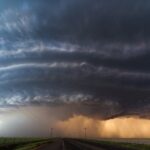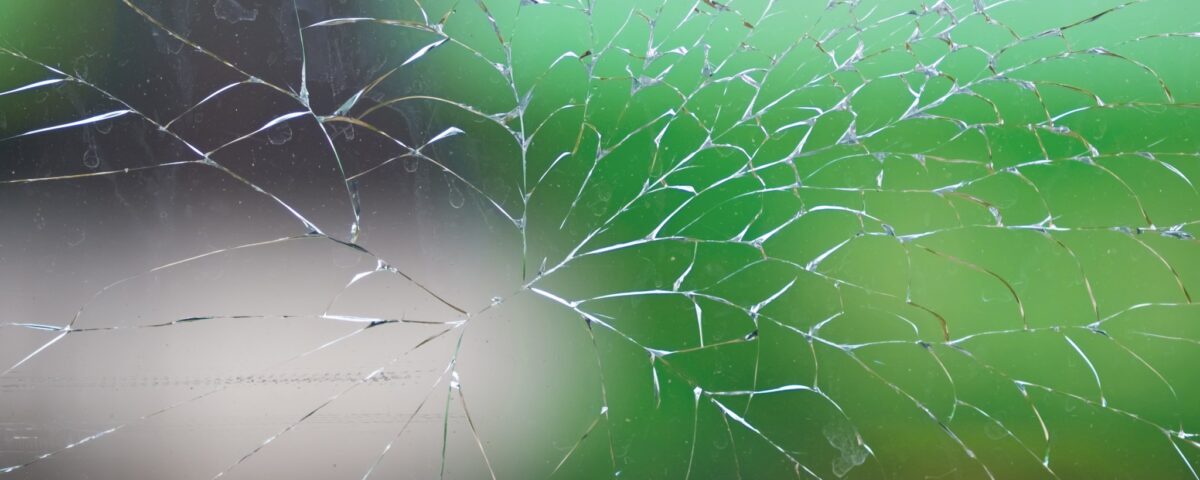
Corporate Tax Dilemmas
August 25, 2014
The Costs of Being Prepared for a Natural Disaster
August 27, 2014Our story starts with a young boy who breaks a window. While witnesses express sympathy for the owner, they also remind us that a glazier will benefit. Charging 6 francs for a replacement, he will get extra business and the entire economy gets a boost.
The Broken Window Fallacy
Frédéric Bastiat, the 19th century economic journalist who first told this story replied, “I am obliged to cry out: That will never do. Your theory stops at what is seen. It does not take account of what is not seen.” Yes, the glass industry gets 6 francs. However, what is not seen is the business that might have been.
Had the window not been broken, the money could have been spent on a new pair of shoes. And then, the owner of the window would not only have had his old window but also could be enjoying his new purchase. As for the entire economy, it would have added shoes to its stock of goods rather than winding up where it had been before with the same window.
Where are we going? To the California earthquake and disaster economics.
The damage caused by the 6.0 quake that hit Napa included broken bottles of wine and glassware, structural damage to roads and buildings, closed restaurants and burst water mains. Totaling close to a $1 billion estimate, the destruction will have to be repaired and the spending will be added to the state’s GDP.
I wonder if someone will then say that the clean-up provides an economic.boost. With Hurricane Sandy, one Forbes title said, “Despite $50B in Damages, Hurricane Sandy Will Be Good for the Economy, Goldman Says.” But Bastiat would emphatically point out that the spending that we see is misleading. Instead we should be aware of the production and purchases that are sacrificed.
Not everyone agrees with Bastiat. In a 2002 paper, researchers concluded that, “Disasters provide the impetus to update the capital stock and adopt new technologies, leading to improvements in total factor productivity.” They did though qualify their conclusions saying it depended on a nation’s ability to respond and that geologic disasters were tougher on recovery.
Our Bottom Line and Disaster Economics
A St. Louis Fed paper included this rather handy disaster impact idea framework:

From: St. Louis Federal Reserve
Our bottom line: Primarily composed of spending from consumers, businesses and government, the additional GDP spending created by a disaster probably will not represent a long term economic benefit.
![econlifelogotrademarkedwebsitelogo[1]](/wp-content/uploads/2024/05/econlifelogotrademarkedwebsitelogo1.png#100878)




2 Comments
This is an important lesson which is at work every day of our lives. I reached for a package of frozen blueberries and managed to drop them on the floor. Like little blue marbles they danced around enjoying their “freedom.” As I picked them up I realized I had just spent time doing something that was of no gain to me other than avoiding the squished stain inducing outcome if I did not act.
Every week we experience similar “disasters” that clearly do not increase our well-being. We are less well off because we had more desirable activities to spend our time on. The same is true if I break my favorite sun glasses. Replacing them does not increase my wealth. If they weren’t broken I could use the funds used for replacement to buy another pair which would increase my wealth.
Natural disasters have the same effect – they reduce the overall wealth of society because the funds needed to replace the damage could be used to add to a community’s quality of life.
Great example! Thank you.